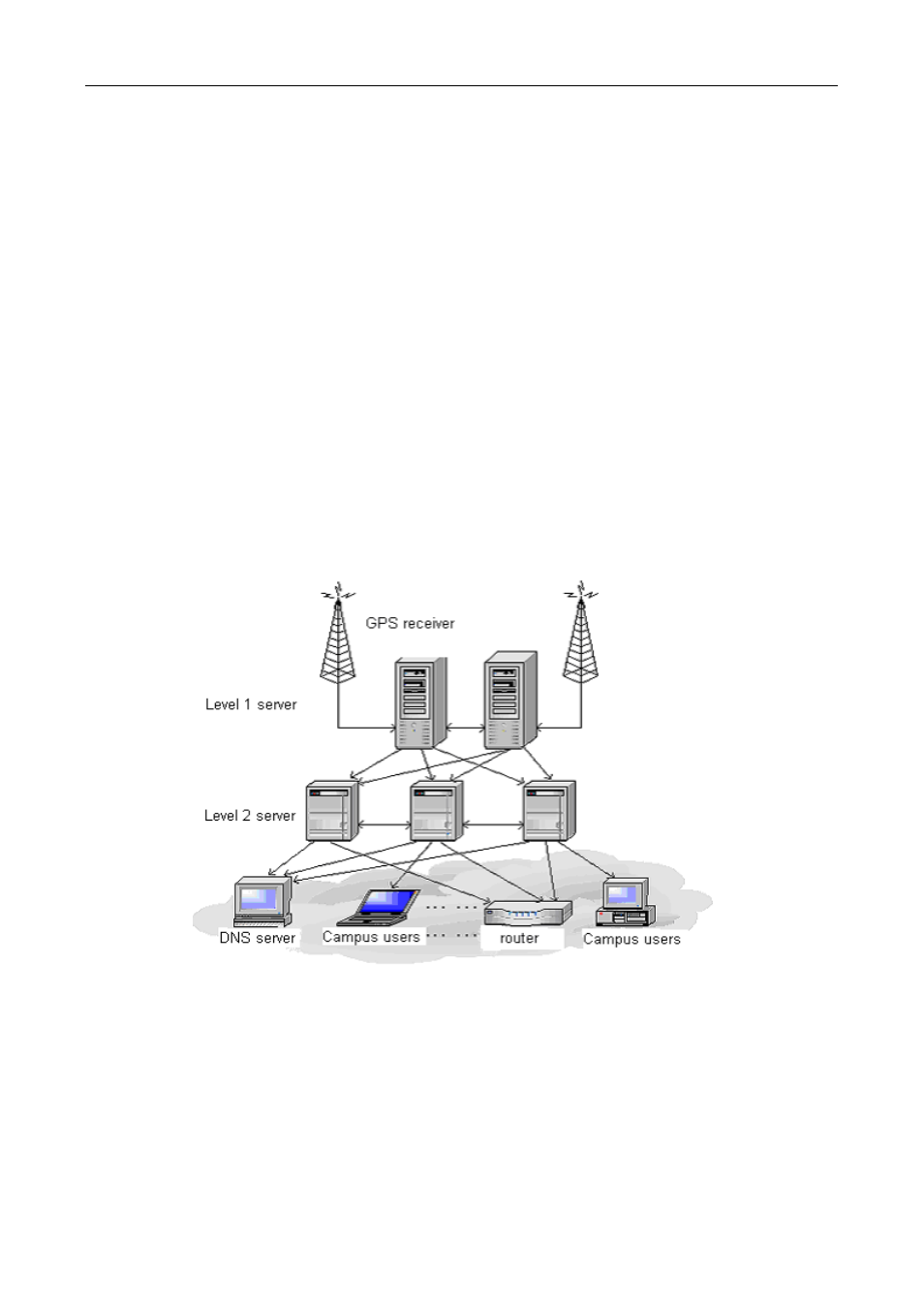Chapter 63 sntp configuration, 1 introduction to sntp, Ntroduction to – PLANET XGS3-24040 User Manual
Page 554: Sntp

Chapter 63 SNTP Configuration
63-1
Chapter 63 SNTP Configuration
63.1 Introduction to SNTP
The Network Time Protocol (NTP) is widely used for clock synchronization for global computers connected to
the Internet. NTP can assess packet sending/receiving delay in the network, and estimate the computer’s
clock deviation independently, so as to achieve high accuracy in network computer clocking. In most positions,
NTP can provide accuracy from 1 to 50ms according to the characteristics of the synchronization source and
network route.
Simple Network Time Protocol (SNTP) is the simplified version of NTP, removing the complex algorithm of
NTP. SNTP is used for hosts who do not require full NTP functions; it is a subset of NTP. It is common practice
to synchronize the clocks of several hosts in local area network with other NTP hosts through the Internet, and
use those hosts to provide time synchronization service for other clients in LAN. The figure below depicts a
NTP/SNTP application network topology, where SNTP mainly works between second level servers and
various terminals since such scenarios do not require very high time accuracy, and the accuracy of SNTP (1
to 50 ms) is usually sufficient for those services.
Figure 1-1 Working Scenario
Switch implements SNTPv4 and supports SNTP client unicast as described in RFC2030; SNTP client
multicast and unicast are not supported, nor is the SNTP server function.
